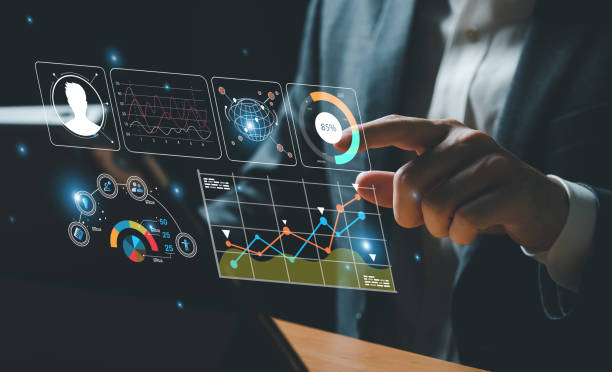
Master the Art of Implementing Remote Patient Monitoring for Improved Healthcare Outcomes
Posted by on 2024-07-04
The implementation of remote patient monitoring is revolutionizing the way healthcare is delivered, leading to improved outcomes for patients around the world. Mastering the art of utilizing this technology effectively can greatly enhance the quality of care provided to individuals, ultimately resulting in better health and well-being.
Remote patient monitoring allows healthcare providers to track a patient's vital signs and symptoms from a distance, providing real-time data that can help identify potential issues before they escalate. This proactive approach to healthcare enables timely interventions and adjustments to treatment plans, leading to better management of chronic conditions and reducing the likelihood of hospital readmissions.
To truly master the art of implementing remote patient monitoring, healthcare professionals must first understand the technology available and how it can be integrated into existing care processes. Training staff on how to use monitoring devices and interpret data accurately is essential for success. Additionally, establishing clear protocols for when and how often patients should be monitored, as well as guidelines for responding to alerts or anomalies in data, is crucial for ensuring effective use of this technology.
Furthermore, fostering strong communication between patients and providers is key to successful remote patient monitoring. Patients must feel empowered to report changes in their health status or concerns they may have about their condition. Regular check-ins with patients via telehealth appointments or phone calls can help build trust and ensure that any issues are addressed promptly.
In addition to improving individual patient outcomes, mastering remote patient monitoring can also lead to benefits at a population level. By collecting aggregated data from multiple patients, healthcare organizations can identify trends and patterns that may inform public health strategies or guide future research efforts.
In conclusion, mastering the art of implementing remote patient monitoring requires a combination of technological expertise, clinical knowledge, and effective communication skills. By harnessing the power of this innovative tool, healthcare providers can deliver more personalized care that leads to better outcomes for all patients. Embracing this new era of digital health will undoubtedly shape the future of medicine for years to come.
Remote patient monitoring allows healthcare providers to track a patient's vital signs and symptoms from a distance, providing real-time data that can help identify potential issues before they escalate. This proactive approach to healthcare enables timely interventions and adjustments to treatment plans, leading to better management of chronic conditions and reducing the likelihood of hospital readmissions.
To truly master the art of implementing remote patient monitoring, healthcare professionals must first understand the technology available and how it can be integrated into existing care processes. Training staff on how to use monitoring devices and interpret data accurately is essential for success. Additionally, establishing clear protocols for when and how often patients should be monitored, as well as guidelines for responding to alerts or anomalies in data, is crucial for ensuring effective use of this technology.
Furthermore, fostering strong communication between patients and providers is key to successful remote patient monitoring. Patients must feel empowered to report changes in their health status or concerns they may have about their condition. Regular check-ins with patients via telehealth appointments or phone calls can help build trust and ensure that any issues are addressed promptly.
In addition to improving individual patient outcomes, mastering remote patient monitoring can also lead to benefits at a population level. By collecting aggregated data from multiple patients, healthcare organizations can identify trends and patterns that may inform public health strategies or guide future research efforts.
In conclusion, mastering the art of implementing remote patient monitoring requires a combination of technological expertise, clinical knowledge, and effective communication skills. By harnessing the power of this innovative tool, healthcare providers can deliver more personalized care that leads to better outcomes for all patients. Embracing this new era of digital health will undoubtedly shape the future of medicine for years to come.